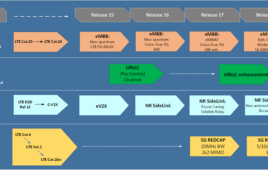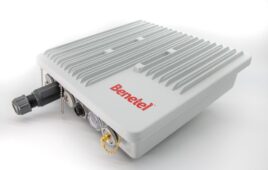Technology companies envision the mobile phone becoming the center of the consumer’s universe, even more so than it already is. It can be a controller for various other consumer electronics devices like video players or projectors; it can figure out where you are and tell you how to get somewhere else; it can play your music and even play TV shows you’ve recorded on your digital video recorder.
In the not-too-distant future, perhaps 2010, the phone also will be able to “talk” to a number of low-power mobile devices like heart rate monitors, pedometers, sports equipment monitors and watches. That’s the plan behind a new Bluetooth specification called Ultra Low Power (ULP) Bluetooth.
ULP Bluetooth is being built on technology developed by Nokia called Wibree, seen in some quarters as a competitor to ZigBee. ZigBee, however, has been aimed more at home automation and control than at the consumer device market.
The reason for ULP Bluetooth is simple – traditional Bluetooth is fairly power intensive so it can’t be used in things like watches with small batteries. Thomas Embla Bonnerud, who is working on ULP Bluetooth for Nordic Semiconductor, says the “coin cell” batteries typically used in small CE devices will run out of power quickly if the power level rises above 20 mA. Typical Bluetooth uses run at 36 mA and ZigBee at 27 mA, he says.
Bonnerud, who came to the United States this week to talk about Nordic Semi’s plans, says Nordic’s proprietary solution runs at 12 mA by minimizing radio activity and by spending most of its time asleep.
Nordic Semi is starting to sample a new chip solution designed to work with Bluetooth ULP, although the specification won’t be complete until later this year or early 2009. The company plans a dual-mode version that would combine traditional Bluetooth and ULP, which would be used in phones, and a single-mode version that would be used in the CE devices.
You can have a sports watch today with a sensor to track your heart rate, but since it is proprietary it is relatively expensive and can’t be used with sensors from other manufacturers. Bonnerud says Bluetooth will expand the market for these kinds of uses because of the technology’s brand and scale. It means phones could record a runner’s heart rate while also playing music via Bluetooth. The songs could even be synchronized based on the runner’s pace, there could be a voice application telling the runner about pacing and distance covered, or it could even act as a virtual trainer.
Besides Nordic Semi, companies planning Bluetooth ULP products include Casio, CSR, Epson, ItoM, Logitech, ST Microelectronics, Suunto, Taiyo Yuden and Texas Instruments. ABI Research is forecasting there will be 809 million Bluetooth ULP devices in 2012.




